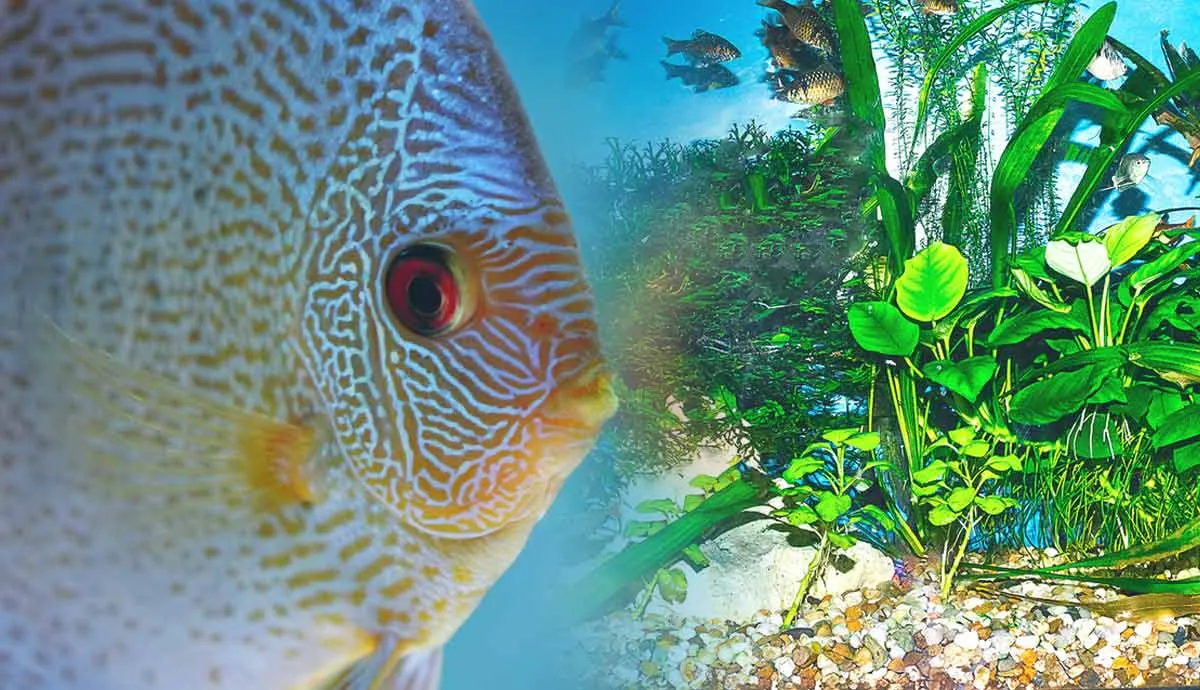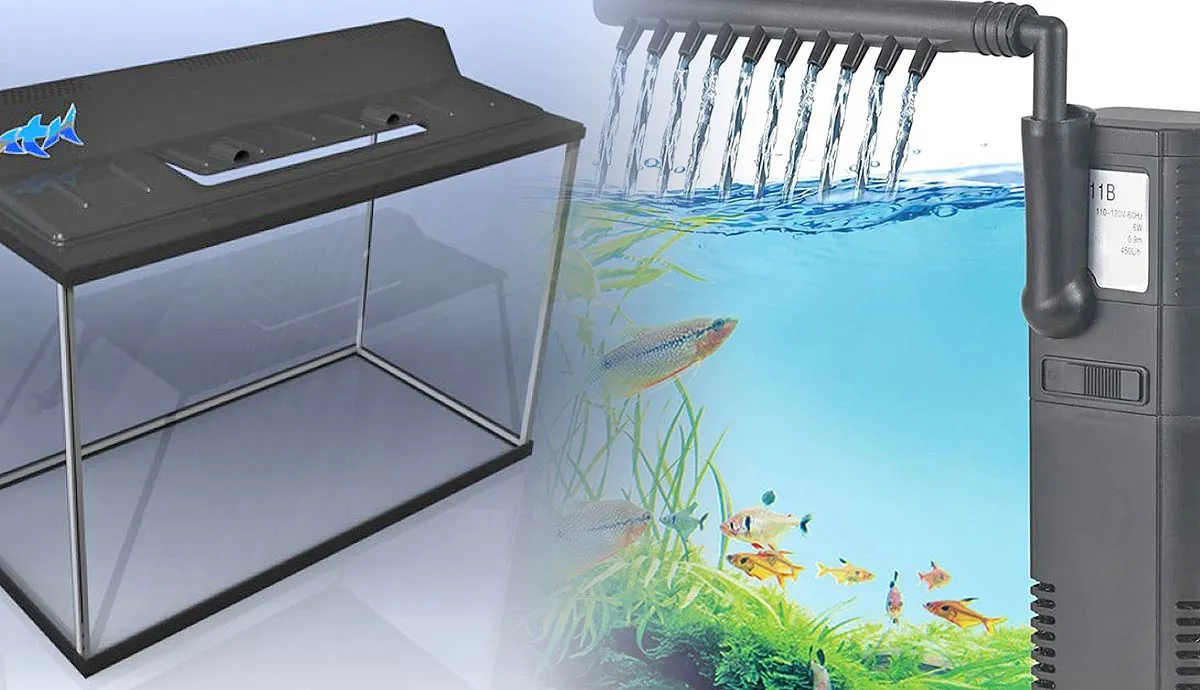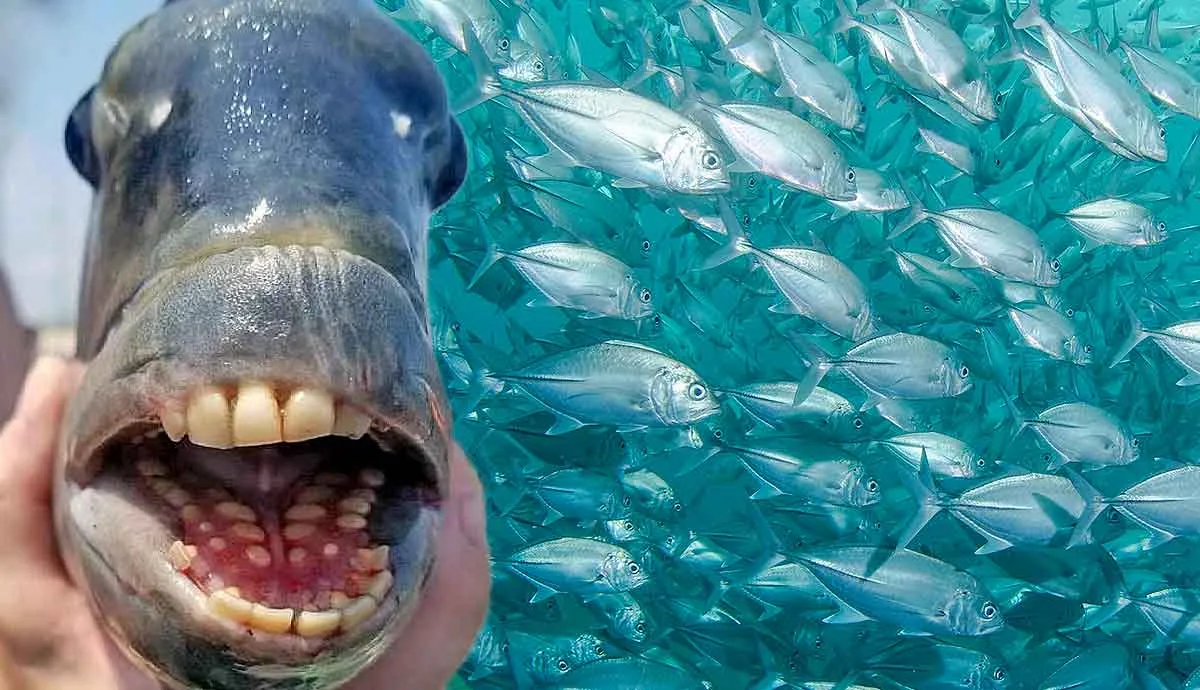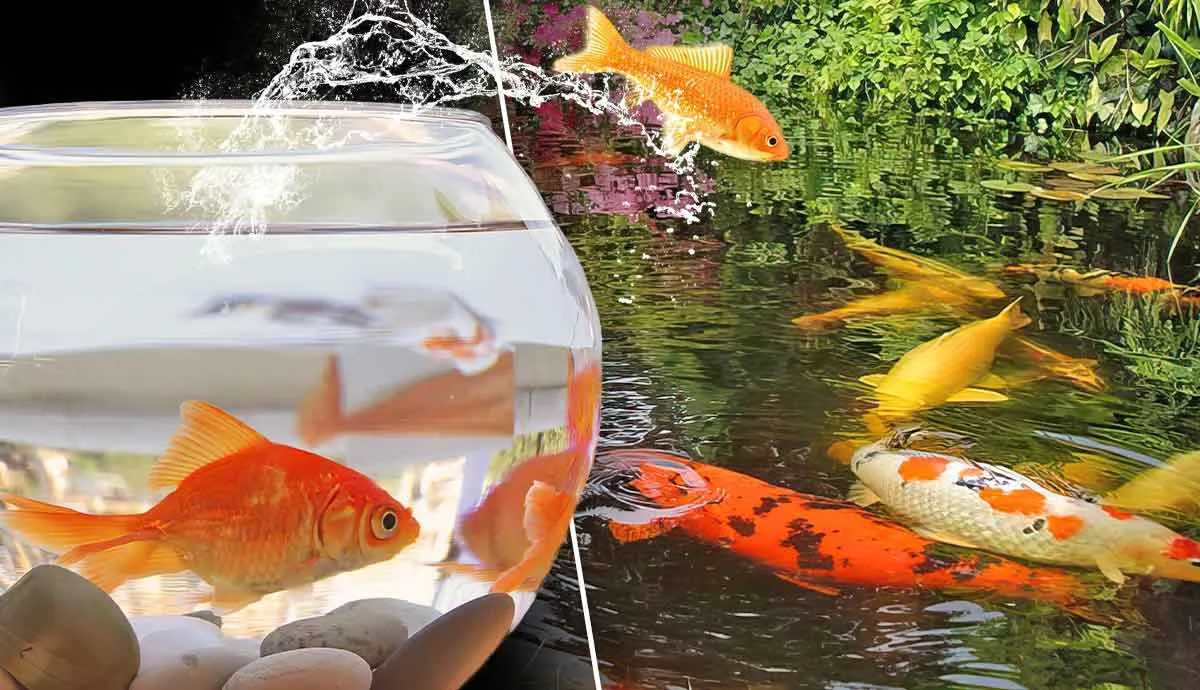Are you planning to get a small fish tank and not sure what to get? Or perhaps you already have a tank and have realized your filter is not right for your fish? Either way, we have all the information you need right here.
We'll look at all the best filter options so you can make a considered decision on which is the best option for you. First, let’s get started by taking a look at why choosing the right filter for your small tank is so important.
The Importance of Choosing the Right Filter
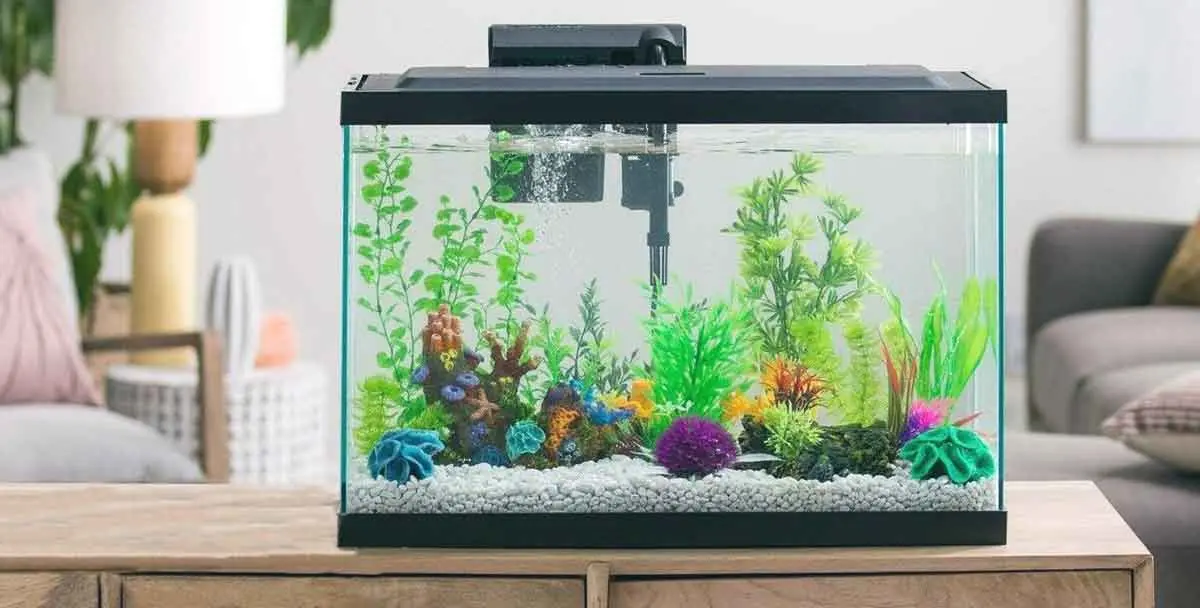
There is no doubt fish are fantastic pets and choosing the right filter is the key to having a healthy and thriving aquarium. Filters remove debris that would otherwise start to break down and create unhealthy levels of ammonium, nitrites, and nitrates.
If the level of these compounds gets too high, the fish in the aquarium can get sick or even die. Filters also double as a way to oxygenate the water in the aquarium, which is vital to keep them breathing.
This is especially important for small tanks, as the smaller volume of water means that waste compounds and oxygen depletion can reach dangerous levels quickly. This is especially important if you don’t have any tank cleaners. Filters come in many different sizes and styles, with versions that can fit the needs of any aquarium size, stocking density, or fish species.
But choosing the wrong one can be deadly too. Too small, and it won't process waste quickly enough. Too big, and you risk crowding the tank and exhausting your small fish. Here are the best filters that find that perfect middle ground.
Sponge Filter
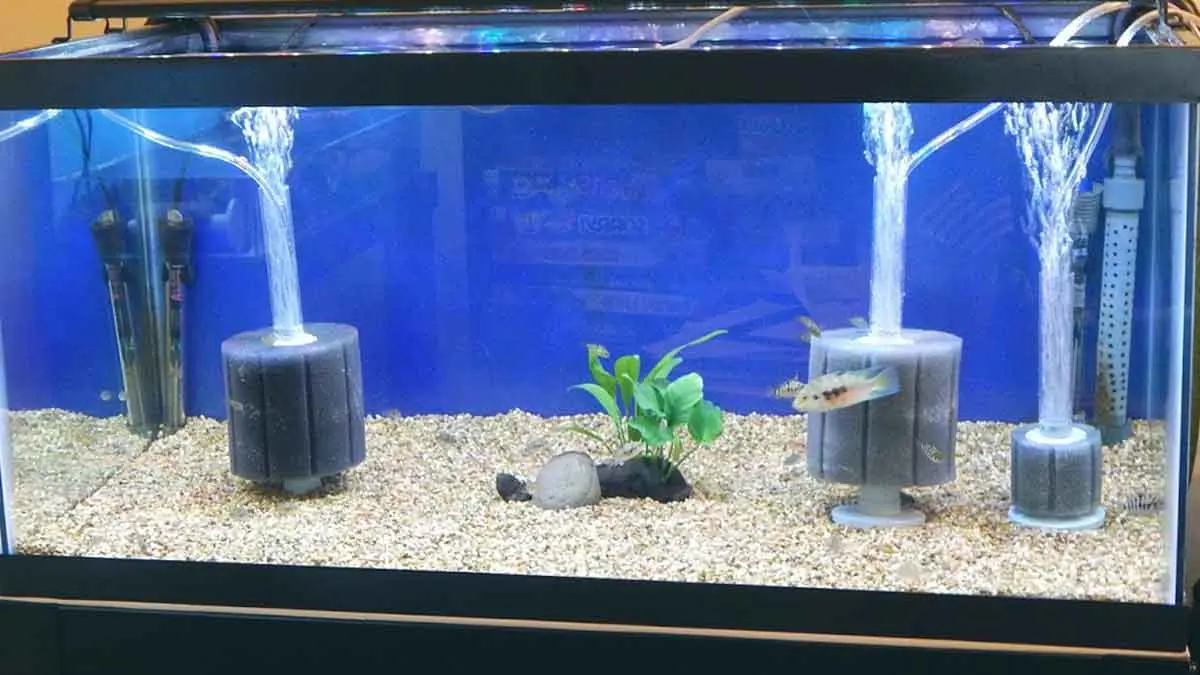
If you’re setting up your first fish tank, then sponge filters are a great choice. They are simple filtration devices that work by forcing water to pass through a sponge using an air pump. Debris gets caught on the sponge, so the water is clean when it finishes being pushed through the filter.
As debris builds up on the sponge, beneficial bacteria can start to grow and help break down ammonia and other waste compounds that could be harmful to your fish, giving them a biological filtering component as well as mechanical.
Sponge filters should have their sponges cleaned out or replaced periodically to work their best, with the frequency determined by your tank size and fish stocking density. Sponge filters are great choices for first-time fish owners. They have few moving parts and so tend not to break easily.
Maintenance on a sponge filter is simple, with the sponge needing to be cleaned out or replaced periodically to keep the filter working well. They are quiet to operate and can fit into a range of tank sizes.
They provide a living space for beneficial bacteria, which can help stabilize the water parameters of the tank. They have a gentle pull, making them a good choice for tanks with small or baby fish that might get pulled into a stronger filter.
Hang on Back (HOB) Filter
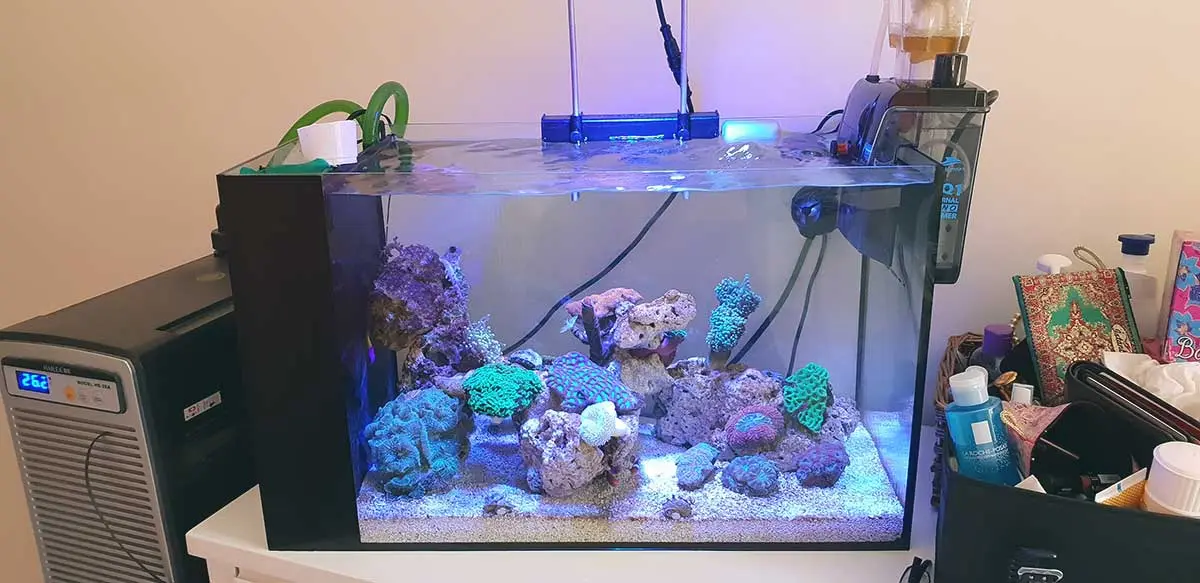
Hang on back filters (often abbreviated to HOB) are filters designed to perch on the back side of the aquarium. These powerful filters typically use three different methods for cleaning the water in a tank, mechanical, biological, and chemical.
Hang on back filters will first pull water through a cartridge filled with a filtering medium to catch larger pieces of debris. Similar to the sponge filter, this will eventually become a home for beneficial bacteria, adding a biological component.
Once the water has passed through the filter cartridge, it is pushed through a chemical filter (activated carbon is a common choice in HOBs) to filter out any remaining ammonia, phosphates, excess nitrates, and other compounds that could sicken or kill your fish.
Hang on back filters are strong enough to filter a lot of water quickly, making them a good choice for densely stocked tanks. The filter cartridges are usually easily accessible from outside the aquarium, making them simple to clean and maintain.
However, the cartridges are usually brand-specific and must be placed back in the filter carefully to prevent unfiltered water from passing through open gaps. Some HOBs may be too noisy for some, and the water stream they produce can be too powerful for highly sensitive species. Despite these drawbacks, HOBs are a very popular style of filter for aquarium keepers of all skill levels.
Canister Filter
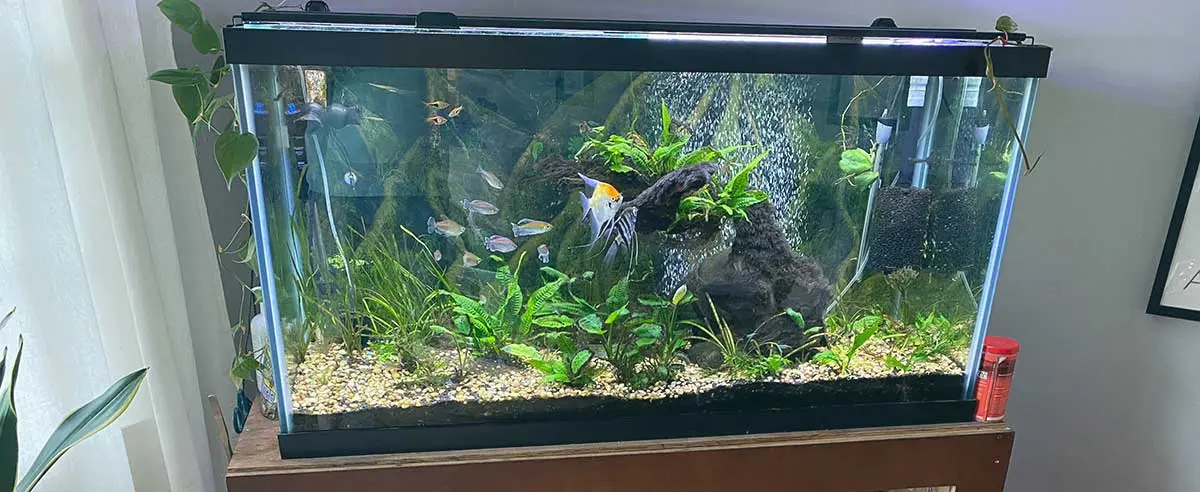
Canister filters are filtration systems that contain the entire unit in one container. They share similarities to HOB filters but are usually situated outside of the tank. They feature more customization than other filters and can help aquarium keepers keep their tank parameters exactly where they need to be.
Most canister filters use a combination of mechanical, biological, and chemical filtration. Some higher-end models include UV light purification for added cleanliness.
Canister filters tend to be quieter than HOB filters and are a good choice in locations where noisy filters would be a problem. Most canister filters don't need to be cleaned as frequently as comparably sized HOB filters, are usually more powerful, and can handle densely stocked tanks.
However, they should be monitored closely since it can be harder to notice if they're malfunctioning because all the parts are closed in. Beginners may find them complicated to set up, and they are usually more expensive than HOB or sponge filters. While these are an option for small tanks, they aren’t ones we’d recommend. They are generally better for larger tanks and more experienced fish keepers.
Internal Filter
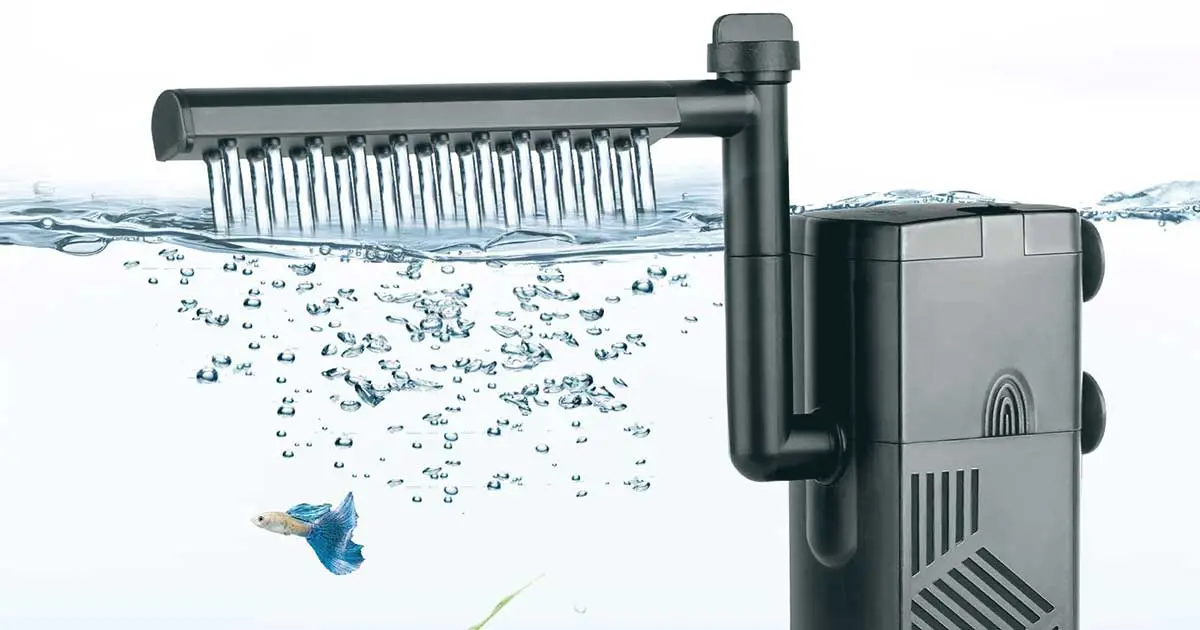
Internal filters are designed to work while fully submerged in the aquarium. They share some design features with sponge filters, but are more powerful and can handle higher stocking densities. These filters are a great choice for nano tanks, breeding tanks, and small aquariums where larger filters might not fit. They tend to be fairly quiet, depending on the model.
Internal filters produce a gentle flow, making them a good choice for tanks with long-finned fish (such as betta), young fish fry, or shrimp. They usually feature all three of the primary types of filtration: mechanical, biological, and chemical.
They are also popular for use with turtles, axolotl, and aquatic invertebrates because of their balance between cleaning power and gentle water flows. Most internal filters aren’t designed for large tanks, so make sure you are accurately sizing your aquarium to your filter if you choose to use an internal filter.
If you’re looking for a good filter for delicate species, an internal filter can be a great choice. They are often sold with beginner tanks, and for good reason. They are simple to use and don’t take up much space in your tank.
Undergravel Filter
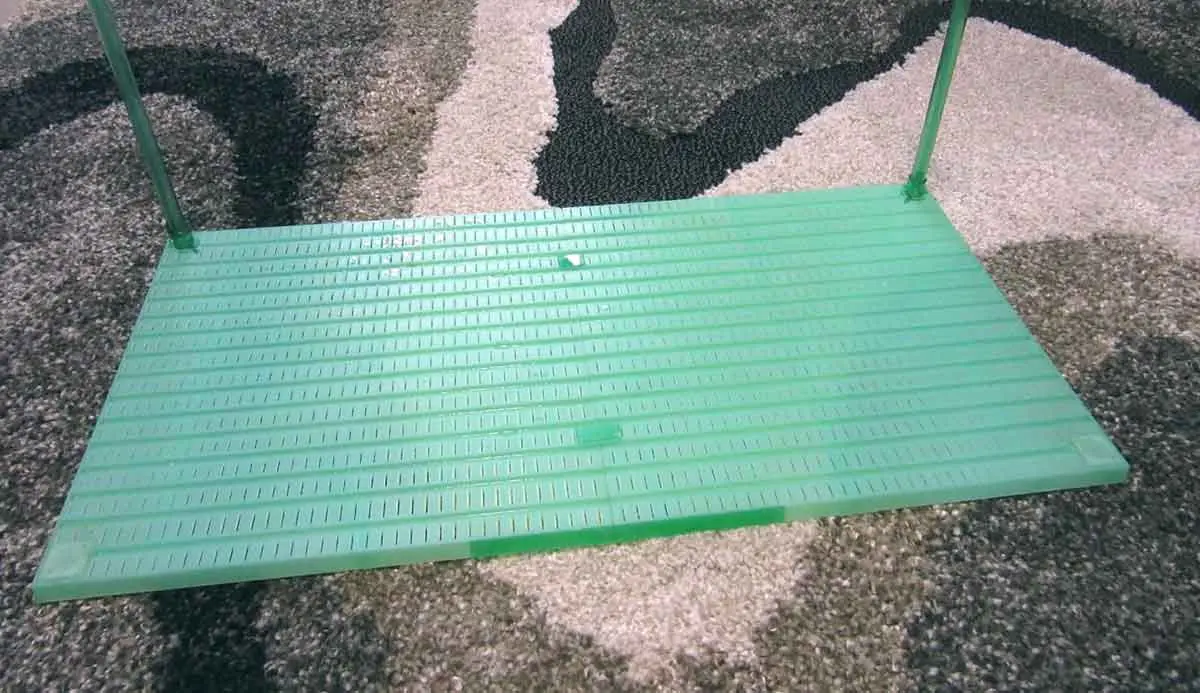
Under gravel filters are filters designed to lay underneath the substrate at the bottom of the aquarium. Instead of using a sponge or a cartridge of filtering medium, undergravel filters use the gravel at the bottom of the tank as a filtration layer. Air pumps and tubes pull water through the substrate and carbon filters before returning the clean water to the rest of the tank.
Under gravel filters are a great option for experienced aquarium keepers. They can be complicated to set up, and maintaining them is more difficult than other filter types because of their location beneath the gravel.
They do offer a wider surface area for beneficial bacteria to thrive, as well as a more natural aesthetic. When using this type of filter, you may need to vacuum clean your gravel occasionally to maintain healthy tank parameters. If you’re looking for a challenge and want your aquarium to look as natural as possible, undergravel filters may be just what you’re looking for.


